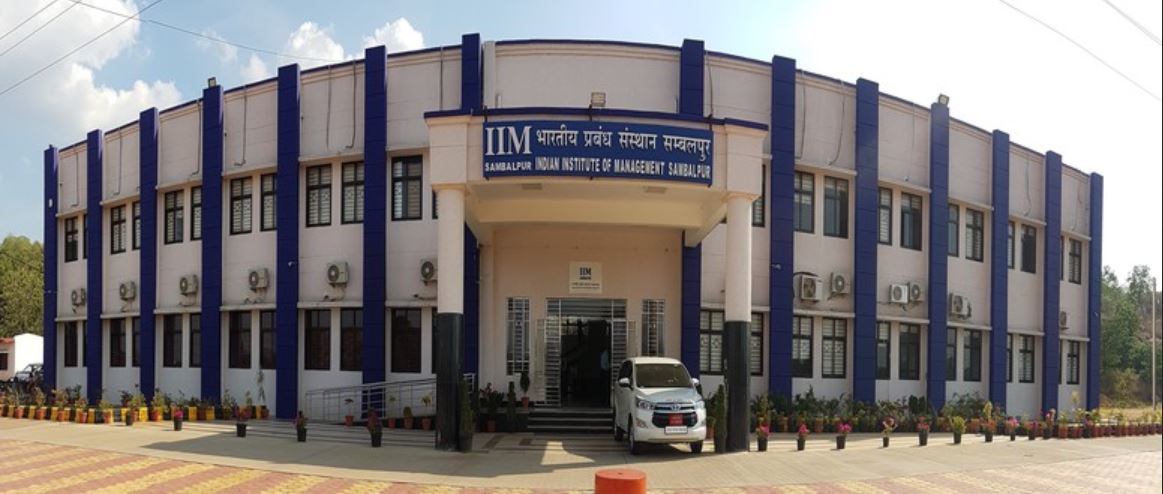No More Hirakud in Kosal (Western Orissa) Mr.CM
Who can forget the agony and sufferings the people of Western Orissa faced during the construction of Hirakud Dam. It was constructed to check the massive flood that was effecting a large part of coastal Odisha. But construction of the dam greatly affected the native of western part of Odisha. Nearly 150,000 people were affected by the Hirakud project. Nearly 22,000 family were displaced by the dam project.
In the original estimate, an amount of Rs 12 crores was provided for payment of compensation to the affected people. After revision, the amount was reduced to Rs 9.5 crores and the total compensation paid to the people was, in reality, only Rs 3.32 crores. A large number of families were evacuated from their hearth and homes without compensation from 1956 onwards.Till date there are nearly seven to eight thousand people who never got any compensation and were forced to live in footpath..
This criminal act of the Orissa govt created a huge divide between the people of Western and Coastal orissa which is getting worse day by day…
And now again after so many years the Orissa govt is yet again planning to rub salt in wounds of Kosli people..NHPC Ltd on Thursday signed a pact with the Orissa state government to set up the hydropower plants in Subarnapur (100 MW), Sambalpur (100 MW) and Boudh (120 MW) districts across Mahanadi river in Kosal (Western Orissa) region of the state.
The hydropower generating company will build the plants in five years time in a joint venture with the Orissa state-run Hydro Power Corporation with a combined investment of Rs.2,600 crore to generate 320 MW power
Ranjan Panda, convenor of Water Initiative – a network of NGOs working on water related issues, said the projects will submerge thousands of acres of agricultural lands.
“No doubt these are small plants and will be comparatively less destructive compared to the coal-fired plants. However, these projects too have socio-economic and ecological consequences,” Panda told IANS.
“We cannot see any justification as to why more power projects are required which will submerge fertile agricultural land, displace people and affect local ecology.
“The government has also not come out with any cost-benefit analysis of the said plants. Nor has it given out anything on the possible displacement, loss of land and number of people to be affected,” he said
Bhabani Shankar Hota, a former MP from the region, said the projects will hit at least 118 villages wholly or partially.
“The projects, if implemented, would bring untold miseries and devastation to the people of the area,” he said.
In addition, 20,000 acres of reserved and village forest land, 16,000 acres of cultivable land, 240 acres of house-stead land will be submerged under the projects, he said.
He added that people also fear the plants will submerge several temples, including the world famous Huma Temple in the district of Sambalpur.
“People in the whole of western Orissa had stoutly opposed this project in the past, why is the government pursuing it again and again,” he asked.
Chronology of events with regard to the Sindhol Project:
Along with Hirakud, there was a proposal to build a dam at Tikarpada on Mahanadi and a barrage at Naraj, to control flood. However, Tikarpada dam would have submerged the Sonepur and Boudh towns and hence it never saw the light of the day. The Naraj barrage was constructed.
During the 80s, during chief ministership of Janaki Ballabh Pattnaik, proposals were on air for the Manibhadra dam and not Tikarpada. However, it was opposed in the entire western Odisha so much so that the govt. had to airdrop leaflets on Balangir, Sonepur , Boudh and nearby areas promising the Manibhadra dam wont come up.
In 1996 the govt. once again started talking about the Sindhol Project under the name of ‘Hirakud Stage III’. The then central energy minister N. K. Salve visited Chiplima in this context. However, this was opposed too and in an election speech Janaki Pattnaik promised that the project won’t be constructed if the people don’t want it.
However, the matter once again came up during campaigns for the Rairakhol Assembly bi-elections in 2003. Chief Minister Naveen Patnaik had categorically said during election campaign that “this project is not under consideration anymore”.
However, later, the state’s energy minister Surjya Narayan Patra, in a press conference, informed that the state has sent a proposal to the center for setting up of this project. Reacting to this statement, on 12th August 2003, the then BJD MLA of Rairakhol Sanatan Bisi, wrote to Patra seeking clarification. Replying to this, through his letter dated 23rdAugust, 2003, Patra informed Bisi that “you will be happy to know that the govt. has decided in principle not to go ahead with the Sindhol project”. Based on this letter the District Information and Public Relations Officer of Sambalpur had given a press statement confirming the above.
The above press statement mentioned that “even though the Sindhol project has been in discucssion at various levels for the last 15 years, no detailed project report has been prepared so far on this. According to preliminary investigations this project will submerge 28 villages and displace 1850 families. So, the govt. has decided not to implement this project”.
It’s worth mentioning here that, during the 90s, the govt. advertisements in newspapers had put it that the project would submerge 118 villages including 37000 acre fertile agriculture land, reserved forests and homestead land.”






 IIM Sambalpur
IIM Sambalpur
Leave a Reply